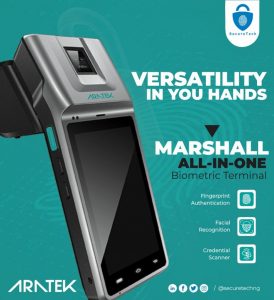
5 most popular techniques of digital biometric authentication
Techniques of digital biometric authentication
In order to give people or devices access to sensitive data, applications, and even services, you have to be sure that they are who or what they say they are. This is called digital authentication. Electronic authenticity may be verified in a variety of ways. Here’s a rundown of today’s most common workplace digital authentication techniques.
-
Unique passwords:
When most of us think of authentication, we probably think of utilizing a unique login and password combination. Passwords are still the most used means of digital authentication in the workplace. A user’s or a device’s username is usually not kept private. To access apps, data, and services, this username is connected with a secret password known only by the users and or devices. While the unique password authentication approach is effective, end users may find it demanding owing to the large number of passwords they must remember. Users simply need to remember a single secret password to authenticate themselves and gain access to numerous business services with SSO.
-
Preshared key (PSK)
: A PSK is a password that can only be shared by people or devices that have been granted access to the same resources. The most prevalent application of PSK in the workplace is Wi-Fi authentication. Employees frequently utilize a PSK to obtain access to the business network. However, because the password is shared, it is seen as less safe than alternative individual passwords.
-
Authentication via biometrics:
Biometrics authentication is becoming increasingly used as a way to verify individuals. Today, fingerprints and face recognition are two common approaches to look at the retina, at hand geometry and iris scans, recognize speech or use signature-based analysis to figure out who someone is. In the hardware of phones, tablets, and PCs, biometric technology is used to make sure that people are who they say they are.
-
Two-factor authentication (2FA)
: 2FA adds a second layer of verification to the regular login and secret password process. A text message delivered to a specific mobile phone number when access is permitted, the use of hardware and software tokens, biometric authentication, or push notifications to the user are examples of the second layer in 2FA.
-
Behavioral biometric authentication:
This is an advanced way of user verification. This authentication mechanism is frequently used in very sensitive corporate transactions. Analyzing keyboard dynamics or mouse-use characteristics might be part of behavioral biometric verification. AI examines user data or a device’s normal computing activity to validate a person or machine.If a user or device behaves in a way that doesn’t meet certain rules, the user or device can’t get in.
Do you need a device that can handle all of your verification issues?
From identity management to database capture, voter authentication, SIM card activation, mobile time and attendance, and national identification, there’s a lot more…
SecureTech can design a custom application for you on the Marshall-U device that meets your unique requirements.
- Versatility in your hands.
- Strong mobility to deploy biometric identity and capture anywhere
- For further protection, use multi-factor authentication.
Other various Biometric devices are also available to solve your authentication needs. Contact Securetech Nigeria
For more enquirers on the best biometric system(s) fit for purpose in your homes and organization please contact us
No. 39/ 40 B, Tafawa Balewa Square, By BRT Pack.Lagos Island.
+234 811 2677 777,+234 811 3677 777,
info@securetech.com.ng
